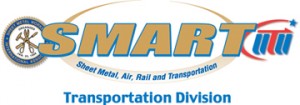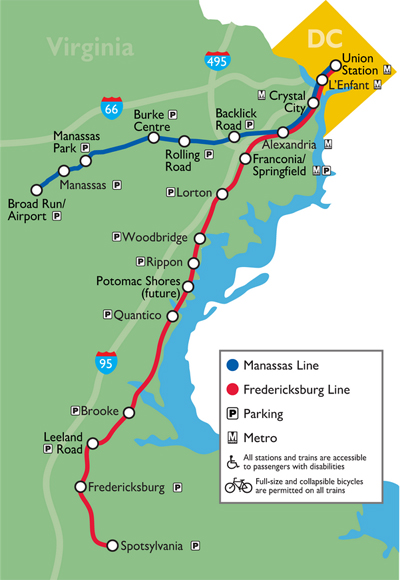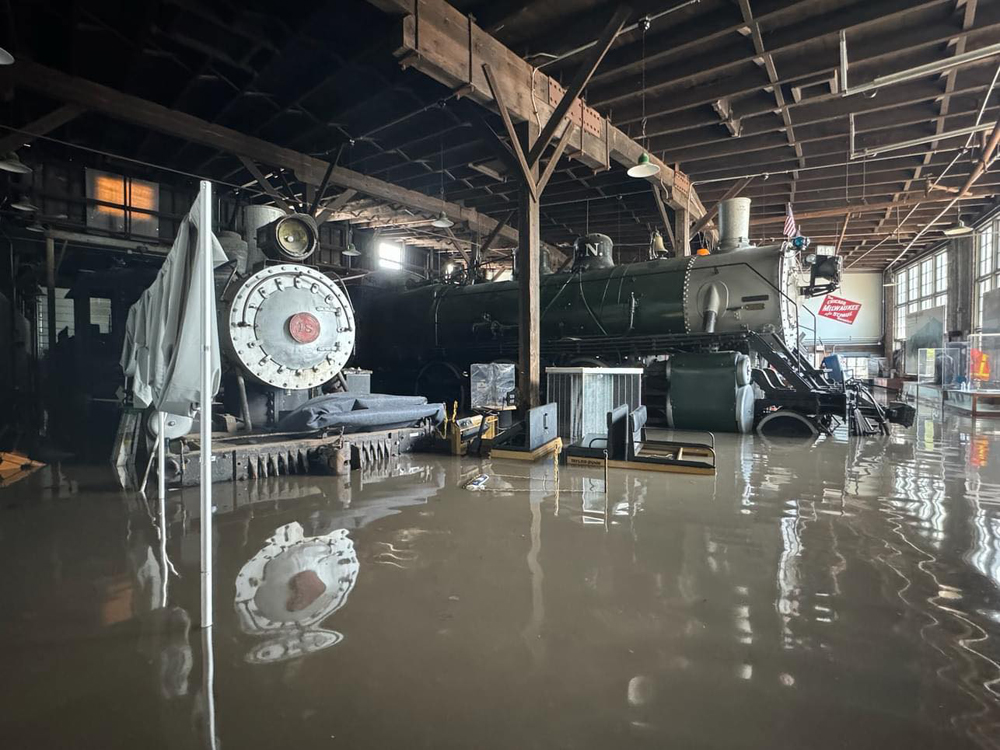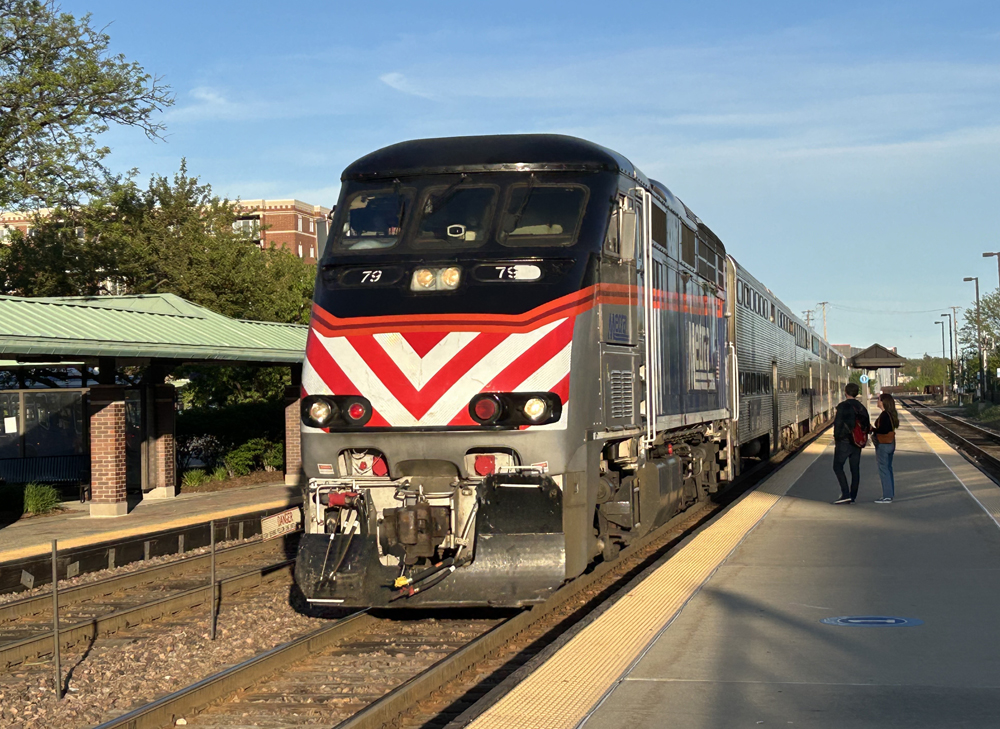The National Railway Labor Conference, which represents a coalition of Class I railroads at the negotiating table, requested that the mediation board forcibly appoint a representative of the SMART Transportation Division to negotiate crew size during national bargaining that begins next month. The union has previously stated it believes crew size should be negotiated at the local level between individual railroads and local committees. Last year, a group of freight railroads sued the union to try and force it to talk crew size at the national level.
In the Section 6 Notice filed last year, the coalition of Class I railroads – which includes BNSF Railway, CSX Transportation, Kansas City Southern, Norfolk Southern, Union Pacific, and the U.S. railroads owned directly or indirectly by Canadian National – left no doubt that they wanted one-person crews.
On Jan. 23, SMART Transportation Division and nearly two dozen General Committees filed suit against the mediation board, which voted 2 to 1 in favor of the carriers’ group. Kyle Fortson and Gerald Fauth, both appointees of President Donald Trump, voted in favor of the Class I railroads and Chairwoman Linda Puchala voted against the measure. In her dissent, Puchala wrote that the decision by the two other board members circumvented decades of Railway Labor Act precedent in how these disputes are handled.
“The National Mediation Board has unlawfully and without authority initiated an arbitration process involving the SMART-TD and multiple rail carriers, contrary to the provisions of the Railway Labor Act,” the lawsuit states.
A spokesperson for the National Railway Labor Conference disagrees and says the board made the right choice and bringing the union to the table on the matter of crew size.
National bargaining between the Class I railroads and labor groups happens every five years and is governed by the Railway Labor Act, a 93-year-old law meant to try and avoid major railroad strikes that could cripple the economy. If the railroads and the unions are unable to come to an agreement, the National Mediation Board can step in and help forge an agreement. If that doesn’t work, the independent government agency offers binding arbitration. If either side refuses arbitration, a 30-day “cooling off” period begins. After a month, unions can go on strike or railroads can lock employees out. If the dispute threatens to impact interstate commerce, the president can establish a board to investigate the issue and Congress can force a settlement.
The previous contract does not have an expiration date so there is no deadline for negotiations. Talks can continue for as long as both sides believe progress is being made. The last round of talks began in January 2015 and ended three years later.
While the railroads say a more modern labor agreement is needed to take advantage of new technologies, union officials say the Class I railroads are only interested in the bottom line.
The first round of negotiations is scheduled for Feb. 26 and 27 in Washington and additional meetings are set to take place in Cleveland, Ohio; Omaha, Neb.; and Chicago throughout the year.















Of course it’s all about money – why shouldn’t it be. The railroads are in business to make money for their investors – period. It’s not greed. Investors only invest to make money and if the railroads don’t return enough then there will be no more investors. No investors, no railroad.
Railroads spent billions and billions on PTC – now the railroads want the corresponding savings – what did the unions expect would happen once it was implemented.
So – with only a one-person crew on a longer train (say 101 55-foot coal hoppers), what happens when, with most of the train on a main line grade, an unexpected emergency brake application occurs? With a 2-person crew, the conductor climbs down out of the cab and winds the handbrakes on the 20 cars next to the engine. Then he or she walks about 3/4 of a mile to the rear end of the train and applies the handbrakes on the rear 20 cars (how long does all this walking and brake-winding take on a nice cool sunny day – an hour, maybe?). Once the handbrakes have been applied, the conductor, who remains at the rear of the train, calls the engineer on his portable radio to say that that the handbrakes have been “wound on” so the engineer can begin to pump the air pressure in the mile-long train line and the application air tanks on each car back up to the required pressure WITHOUT THE TRAIN RUNNING AWAY (all the train’s air-applied brakes will release once they feel a 1-2 pound increase in pressure in the train line). On my railroad, train line pressure was supposed to be pumped up to 80 PSI by the compressor(s) in the locomotive consist on the head end. With absolutely no train line leakage (hah!), it took 7 minutes for the first car to get to 80 PSI, with 4 cars per minute reaching 80 for the rest of the train, for a total of 31 minutes in a perfect world. Then the engineer would apply the air brakes on the whole train by reducing the train line pressure a small amount, say by 5-7 pounds. This would keep the train stopped on the grade while the happy, smiling conductor released the handbrakes on the 20 rearmost cars, walked the 3/4 of a mile to the head end, then released the handbrakes serially on the 20 cars next to the engines. He or she finally climbs back into his or her seat at least 2.5 hours after leaving it. SO TELL ME – HOW COULD YOU DO THIS WITH A ONE-PERSON CREW?? – I know, that one person will have a “belt-pack” remote control and can manipulate the locomotives’ airbrake controls from the rear end of the train. WOULD YOU, MANAGEMENT PERSON OR NYSE ANALYST/HEDGE FUND MANAGER, WANT TO BE THAT ONE CREWPERSON IN THAT SITUATION, WHICH PROBABLY HAPPENS AT LEAST ONCE A MONTH ON SOME LARGE U.S. RAILROAD’S MAIN LINE SOMEWHERE? WOULD YOU WANT TO LIVE IN A HOUSE NEAR THE TRACKS AT THE BOTTOM OF THAT GRADE?
Funny how the Carriers want single person crews. But if crew members take a big pay cut then two person crews are ok..
some big generalizations there. I doubt most union members hunt , for instance.
Eventually no matter how much arguing about it railroads will go to a one man crew. Then at some point a major wreck will happen causing large amounts of property damage and deaths. At that point the railroads will blame the sole person on the 16,000 ton 2 mile long train for “inattentiveness”.
Railroads ARE in business to make money – this is indisputable. However; railroads are also in business to provide a SAFE and reliable transportation service to their customers.
If one man crews or eventual autonomous operations compromise the safe movement of goods; then railroads need to look elsewhere for places to cut.
From public data; the combined 2018 compensation packages for the five senior people at Norfolk Southern came in at $23,363,306. The combined 2018 compensation packages for the seven senior people at Union Pacific came in at $28,216,644.
Let’s assume for a moment that the average conductor on either railroad is typically being paid a base salary of around $48,000 plus say another $50,000 in benefits.
Now; you tell me where a railroad’s board should start looking to cut before going after TY&E jobs – the loss of which – could very likely have a significant negative impact on safe operations.
CHRIS – Actually trade union members (skilled workers like transportation) tend Republican and the trend is growing.
Chris,
Per my local union friends, the skilled workers in my area have gone from solid democrat to about 50-50 and as long as the democrat party continues to push for open borders the gap is going to grow. That is a big concern when it comes to their jobs. Trump’s pushing to get new trade agreements and stop the outsourcing of jobs to other countries also plays very well with them. They also don’t care much for many of the dems stance on social issues. For instance, most of them hunt and own firearms and the push for gun control is definitely a very major issue for them.
Now the government employees unions are a different matter. Other than the police and the prison guards (there’s a major prison in my county) they vote heavily democrat.
I suspect the railroads are trying to push through their agendas while they have a sympathetic administration. They realize the present government could care less about decades of labor law and precedent. Hopefully the Unions will stand strong and persevere.
Roughly based on UP’s numbers, 40,000 employees at $5B/year, each employee costs $125,000. Remember taxes and benefits are very significant here.
Once more, the tired old boogeyman of ‘high personnel costs’ rears its head. I’ve seen it in the military (rationale behind the design of both the Perry-class FFGs and the new LCS ships), rail industry, and elsewhere. Enough already. People-gasp-do the work and bring in the revenue. Find another source of ‘growing the bottom line’.
In the days of the NP, freight crews traveled from Northtown (Minneapolis) to Staples. Starting in 1988 the I/D crew district was created from Northtown to Dilworth, MN, with roughly half Northtown crews and the other half Dilworth crews. That is a long distance +- 250 miles at all hours of the day and night. Two people belong in the cab of a locomotive period. The company officials who feel that one man or woman can do the job should ride with crews on a number of runs to get a “real” feel of life on the road.
Ed Burns
Retired Clerk from Northtown and a crew caller on the NP.
Guess when the Engineer needs a potty break they’ll “Stop the Train”?! Or will the Carriers require they cross their legs and hold it?
It would be interesting to know how much the extra crewmember costs.Maybe they need to cut the CEO’s secretary.
One-person crews as on Quebec Cartier require an infrastructure of rescue crews, monitoring systems, etc. All that’s fine but two crew aboard is clearly better.
Before one even gets to driving the train, watching for signals, fixing broken couples, talking on the radio for orders, etc., think of the sheer amount of machinery in six locomotives. Engines, compressors, generators and so forth.How many men would it take to run that amount of machinery in any application besides a railroad?
When railroad management talks about one person crews being safe, I would remind them of one thing: Lac-Mégantic. One crewman wasn’t safe that day!
Nope carriers will require you to just piss yourself and deal with it. Dont get any on the seat that’s a 1.6 fireable offence. Good luck
Europe has one person crews on some freight lines. They tend to be short runs in comparison to the USA and the freight trains usually number about 40 cars or less, never more. They do face street crossings.
I’m not familiar with their employee compensation.
Since US freights are so long, I can’t imagine only having one person train crews. However, some years ago American freight RR’s wanted both cab members to be qualified engineers. I personally think that’s a good idea to allow for switch-off similar to what some of the independent LD truckers still do.
DAVID LUCAS – We can talk this issue all day, and into the night, and all of tomorrow. Or else, more simply, we could read YOUR post, Mr. DAVID LUCAS. ” …. a conductor of 41 years ….” You said it all and the rest of us should respect and will respect.
I’m not or ever have been a RR employee, associate, or union member, I don’t want to see 1 person crews. While at least 1 Australian RR does it on a VERY rural freight line, it is not safe on 99%+ American RR’s. MAYBE a yard job, or a very short line, with NO crossings. Is a RR going to save that much $$ by paying 1 less person per train??? If their profit line is that thin, they should re-think their safety priorities. This should not be a “Union vs. Co. issue;” it basically common sense. MAYBE yard jobs, Maybe very short local moves, NOT on any long rts. or those with street crossings
One person on a train is not safe. Technology is not fool proof. As a conductor of 41 years, I have seen it.
Airline/aircraft technology and sophistication far exceeds that of the railroads’. Yet who would board a commercial aircraft being flown by a single pilot?
The greed of pocket-stuffing railroad executives and the hedge fund masters knows no boundaries.
Unions should strike against 1 person or no-person crews. It is unsafe, not in the workers’ or public’s interest.
If railroads are doing so well, why not offer $$$$. Say double the wages, agree to much more restrictive hours. On hours, say any mileage worked where the crewmembers was over 35 hours in the preceding 5 days was to be played a bonus rate of 50%.